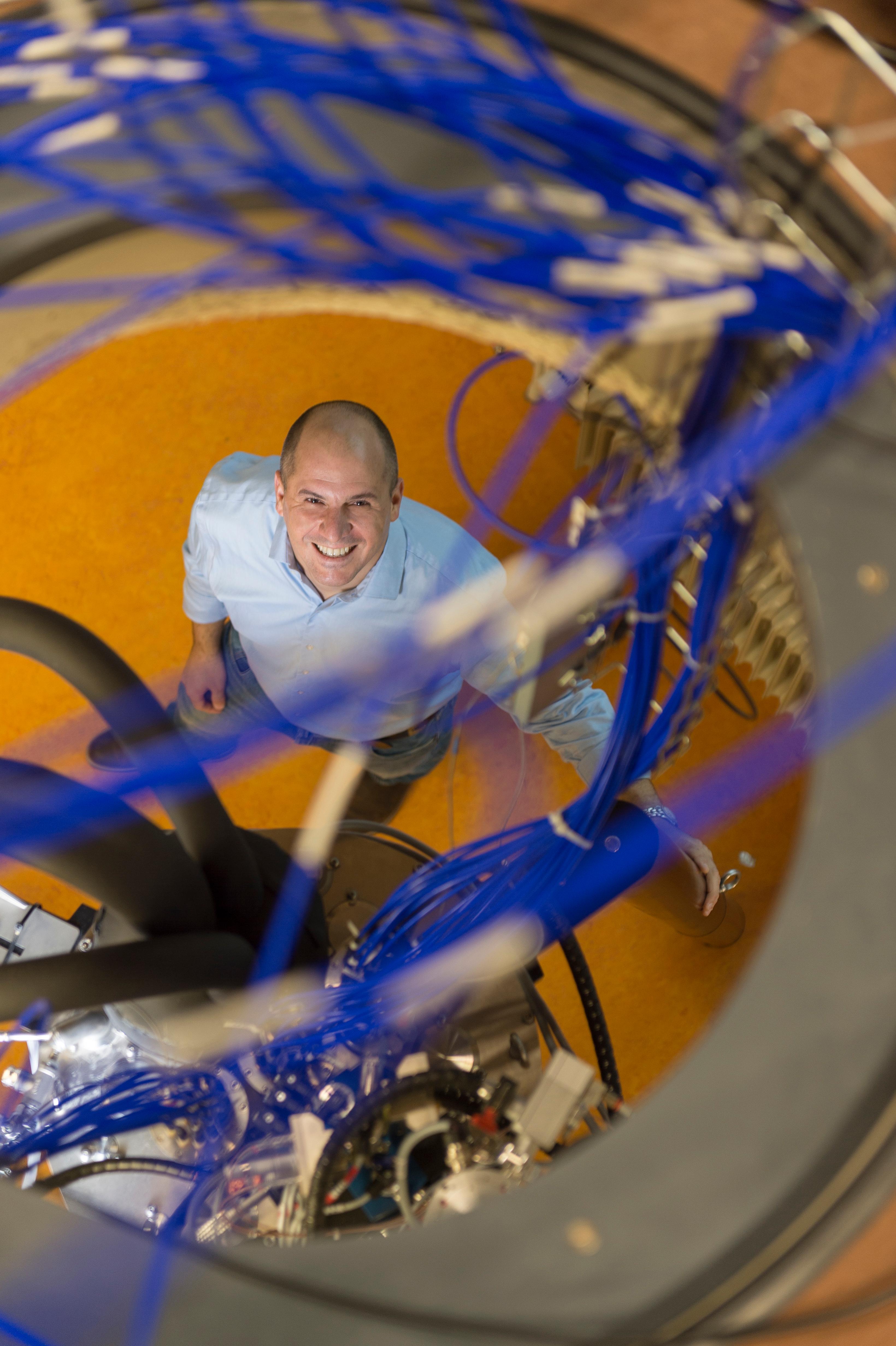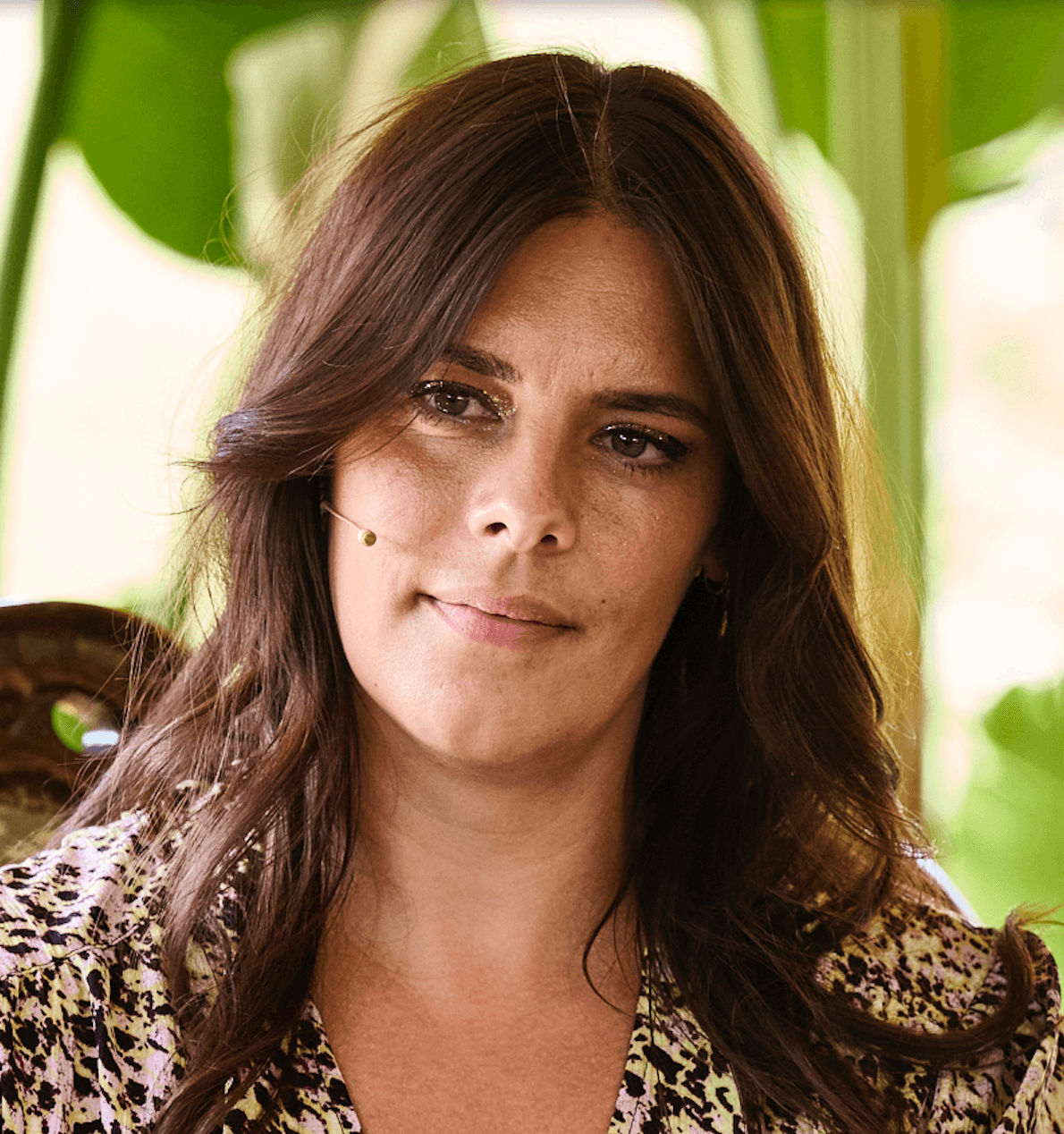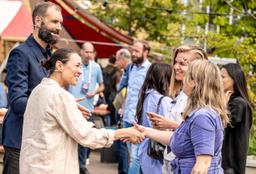
Quantum Coalition in the Netherlands Takes on 50-Qubit Target
A new entity is taking shape in the Dutch quantum R&D field, one whose sights are squarely set on the ambitious goal of creating a publicly available 100-qubit quantum computer in 2026.
Funded by Quantum Delta NL under its Catalyst Programme ‘Quantum Computing & Simulation’, the new consortium called HectoQubit/2 (HQ/2) combines academic research institutions and private quantum companies to boost the already-robust quantum computing ecosystem in the Netherlands.
The consortium aims high, but scientific coordinator and professor of Applied Physics at TU Delft Leonardo DiCarlo says the team assembled for HQ/2 has the strength and synergy to get the job done.
Within the European Flagship consortium focused on superconducting quantum processors, we are the one team embracing the 100-qubit target. We’ve stuck our necks out and said we’re going for it!
Since May 1 2023, HectoQubit/2 is funded by Quantum Delta NL. QuTech partners TU Delft and TNO team with four local startups–QuantWare, Delft Circuits, Orange Quantum Systems, and Qblox–acting as suppliers, all of which have previous ties to Quantum Delta NL and the TU Delft. Delft Circuits was formed as a spinoff of the TU Delft Faculty of Applied Sciences, while the other three companies—QuantWare, Orange and Qblox- are spin-offs of QuTech and specifically DiCarlo's lab.
The players of HQ/2 combine efforts to achieve full-stack quantum computing synergistically, departing from a model of vertical integration by a single entity. While many EU countries have quantum ecosystems funded my national programmes, DiCarlo believes the HQ/2 value-chain approach stands out as a model for other countries to follow.
Moving up the stack, QuantWare develops the quantum chips, Delft Circuits the cryogenic cabling, Qblox the control electronics, and Orange Quantum Systems the enabling software.
From QuTech, TNO develops the web interfaces and TUD is the system integrator. In April 2020, QuTech made headlines by releasing the Quantum Inspire platform, which gave free online access to quantum simulators, a 2-qubit semiconducting back-end named Spin-2, and a 5-qubit superconducting back-end named Starmon-5, a first across Europe. Starmon-5 has remained online, evolving with numerous updates to improve and broaden its functionality.
DiCarlo, who is one of the founding members of QuTech (which started in 2013), believes the R&D cycle has come full circle. Academic research enabled the spin-off companies of HQ/2, now their products accelerate academic research. “For example, until just a few years ago, we had to develop control electronics in-house because what we needed wasn’t available commercially. Nowadays, we collaborate with companies in this space. We provide the key feedback that turns prototypes into products. In return, we get to shape commercial products into ones we want! It’s a triple win: better products, accelerated academic research, and more powerful quantum-computing systems available online to everyone!”.
“Owing to its small number of qubits, Starmon-5 is mainly used for education. This will change with a positive outcome from HQ/2. Our goal is to have scientists do research and developers make new apps with the output of HectoQubit/2.”
In 2018, the European Commission opened up its Quantum Flagship programme, a ten-year, one-billion-euro initiative aimed at establishing European leadership in the quantum field. While a collaborative effort, the Flagship consortium OpenSuperQPlus (OSQ+) nonetheless intends to focus its funding on the region or team that makes the most headway in the push for a 100-qubit system, allowing it to pursue the next, 1000-qubit target.
For its part, HQ/2 has been established as a two-year effort, and while its partners are for the moment being tight-lipped about any midterm milestones, the name HectoQubit/2 (where ‘hecto” signifies one hundred) speaks to the idea of a 50-qubit superconducting quantum processor being a likely target.
“We have a focused approach. Our goal is to create a more powerful system,” he said. “It’s a serious attempt to combine academic and industrial efforts to achieve ambitious goals that are strategically aligned with the European research agenda.”
Looking at how far quantum has come in the Netherlands, DiCarlo said that while industry applications are part of the longer-term picture, the economic impact of quantum computing is already evident. Namely, quantum technologies’ stimulation of the Dutch economy from funding rewards and commitments by National Growth Funds (NGF) via QDNL demonstrate the growth of young companies such as the four taking part in HQ/2.
“Back when we were only an academic environment, we suffered significant brain drain,” DiCarlo said. “You would see people do amazing post-docs and PhDs and then move on, usually leaving the country. That has changed. Nowadays, many of our graduates stick around to join this budding ecosystem.”
With HectoQubit/2, the fusion of the Netherlands' forward-thinking academic institutions, pioneering startups, and strategic quantum ecosystem stakeholders underscores a concerted push toward a breakthrough in quantum computing. The initiative is not merely a step but a significant stride towards the creation of a potentially reliable, full-stack quantum computer for research and economic development, harmonizing academic thought leadership with commercial application. This coalition symbolizes a tangible advancement from traditional academic theories to a dynamic, collaborative frontier, paving a path for the practical utilization of quantum computing.
The group issued a press release this morning, read it here.

